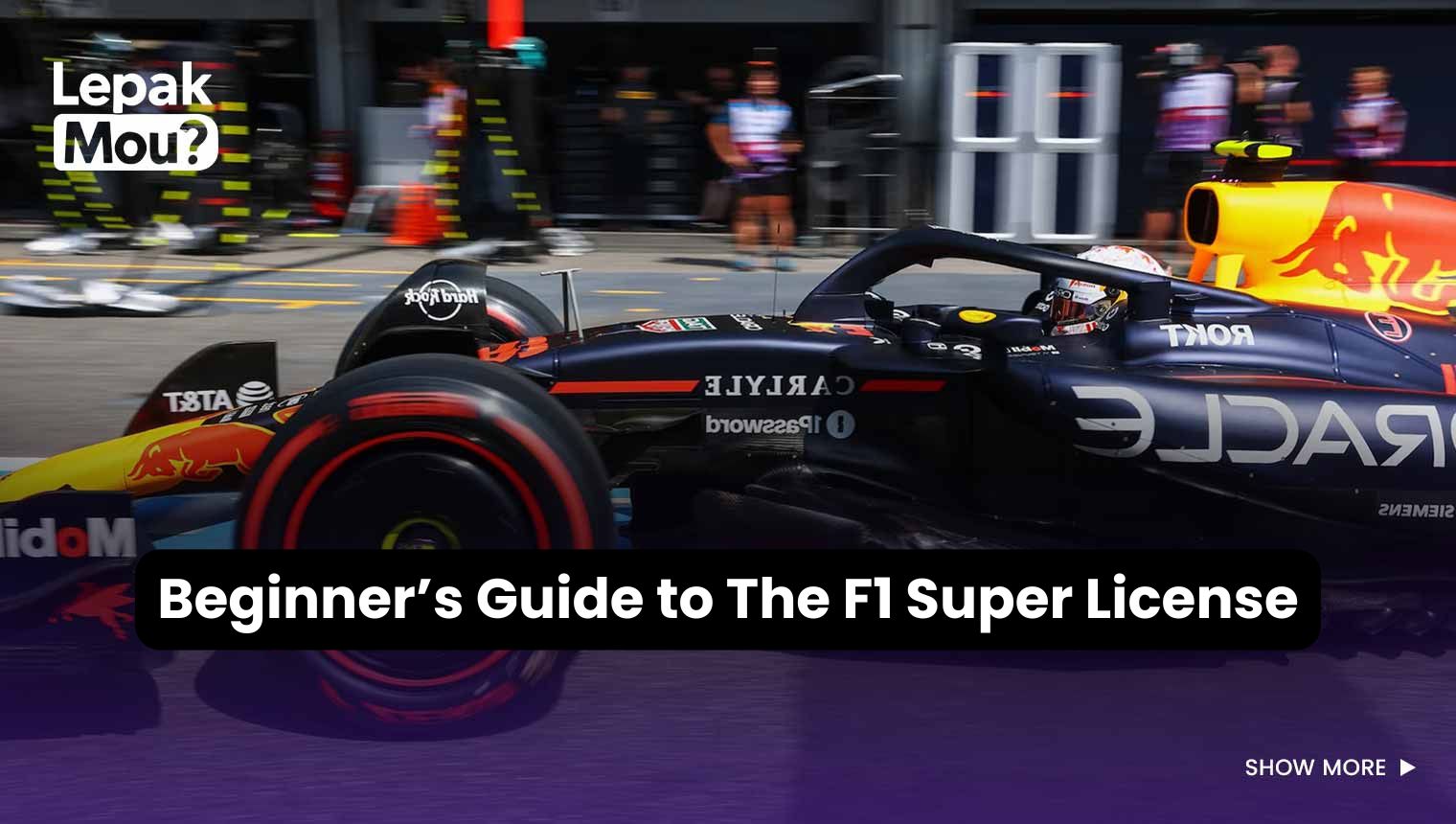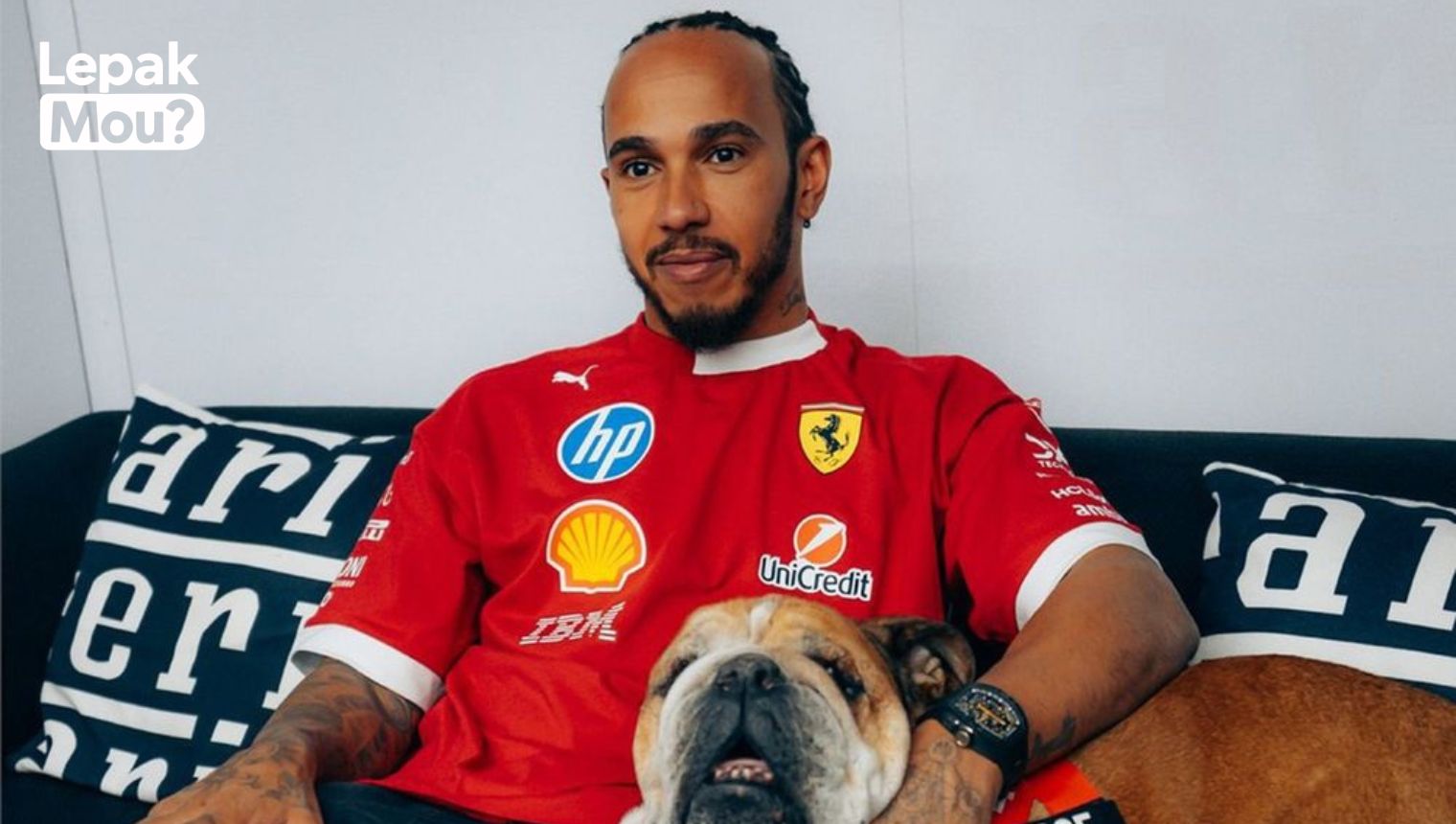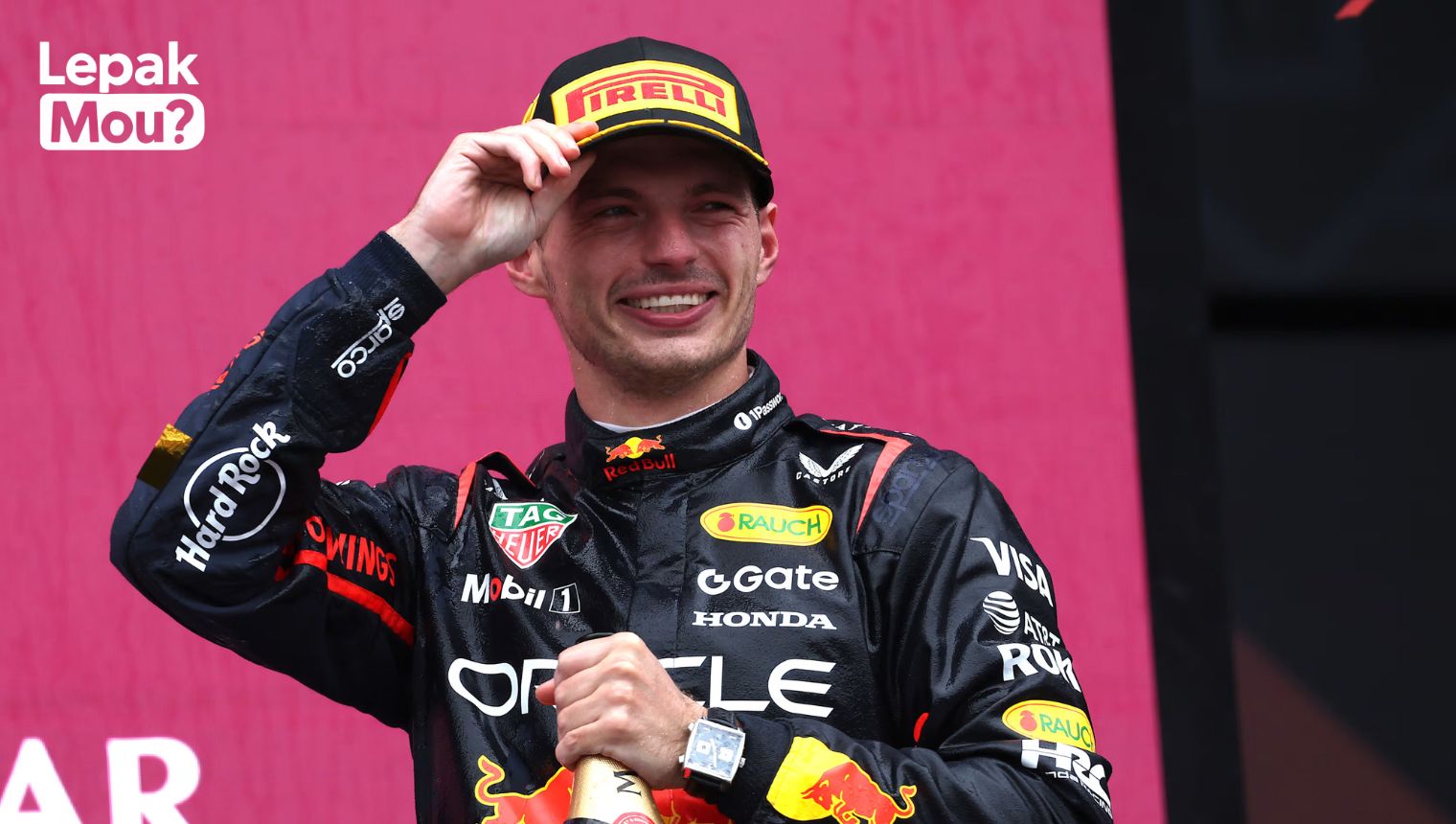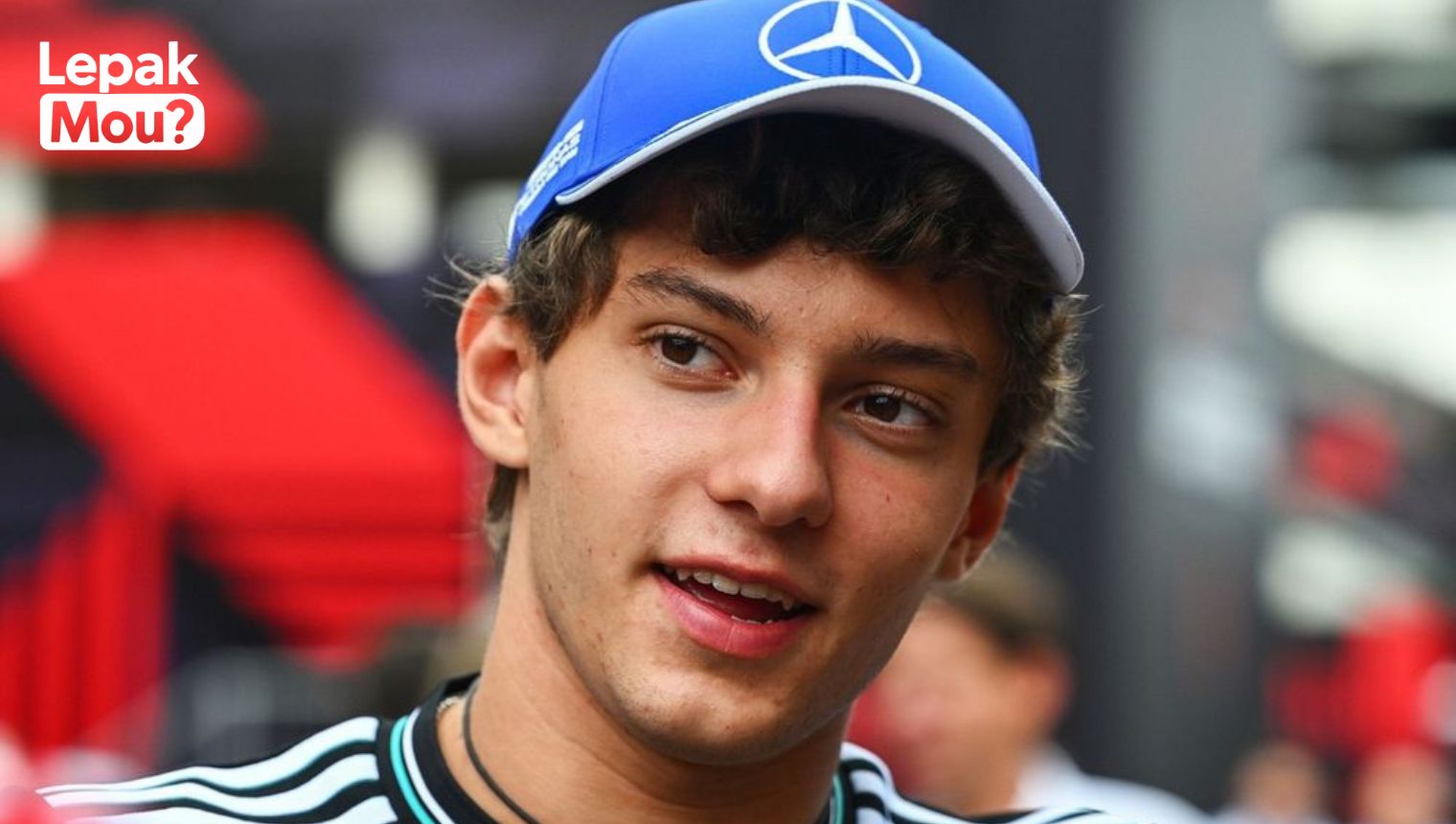Beginner’s Guide to The F1 Super License 2025

Introduction
If you dream of seeing your name on the grid, first you need an F1 Super License (also called the FIA Super License). It’s the must have credential that unlocks entry into Formula 1.
Public interest in F1 is increasing day by day boosted by the upcoming Brad Pitt F1 movie (co-produced with Lewis Hamilton) and glamorous showpieces like the Macau Grand Prix that spotlight emerging talent.
You know behind Hollywood buzz and high-profile races is the Super License that represents something deeper in years of training, financial investment, and relentless competition. The most interesting thing is that it’s not just paperwork, it’s proof that a driver has that license what it takes to handle the world’s fastest cars under the world’s brightest spotlight.
In this article, we’ll go through all information related to FIA super license so keep reading if you really interested about it.
As a car enthusiast, be sure to check out this guide on: Car Maintenance Tips in Malaysia: A Self-Repair Guide for Cars
What Is the FIA Super License?
The FIA Super License is the highest-level of racing credential issued by the FIA (Fédération Internationale de l’Automobile). It is also called the official license that is compulsory for every driver who wishes to compete in Formula 1 world championship.
You can take it as passport for Formula 1 World Championship. If you don’t have this license, even if you are a very talented driver, then you can’t race in this F1 motorsport.
As global interest is rising, so F1 becomes more mainstream. Hollywood movies like the Brad Pitt F1 and real-world events such as the Macau Grand Prix and the media play big part. That’s why more people are becoming fans and now ask, “What does it take to get this super license?”
Core Requirements for an F1 License
Here are the requirements you must fulfill to be eligible for the Formula 1 license:
- Age: You must be 18 or older. In some cases, if you are 17 years old, the FIA may grant an exception for you which shows “outstanding ability and maturity” so that you can take part.
- Competition License Grade: You must hold an International Grade A competition license.
- Theory Test: You must pass an FIA theory exam on the International Sporting Code and F1 Sporting Regulations for meeting eligibility criteria.
- Season Completion: You should complete at least 80% of two seasons in eligible single-seater championships.
- Testing in F1: Drive at least 300 km in a representative F1 car over not more than two days (at racing speeds).
Keep in view that meeting all these requirements doesn’t guarantee a license because it’s all about consistency, discipline, and performance.
How the Points System Works
The point system works in a way that to qualify, a driver must accumulate at least 40 Super License points over the previous three seasons (or sometimes two seasons plus the ongoing season).
These points are awarded to racers based on performance in feeder championships and other eligible series.
Below is a mini table summarizing typical point allocations:
| Championship | 1st | 2nd | 3rd | 4th | 5th | 6th | 7th | 8th | 9th | 10th |
|---|---|---|---|---|---|---|---|---|---|---|
| FIA Formula 2 | 40 | 40 | 40 | 30 | 20 | 10 | 8 | 6 | 4 | 3 |
| IndyCar | 40 | 30 | 20 | 10 | 8 | 6 | 4 | 3 | 2 | 1 |
| FIA Formula 3 | 30 | 25 | 20 | 15 | 12 | 9 | 7 | 5 | 3 | 2 |
| Formula E | 30 | 25 | 20 | 10 | 8 | 6 | 4 | 3 | 2 | 1 |
| FIA WEC (Hypercar class) | 30 | 24 | 20 | 16 | 12 | 10 | 8 | 6 | 4 | 2 |
| Formula Regional European Championship | 25 | 20 | 15 | 10 | 7 | 5 | 3 | 2 | 1 | 0 |
| Super Formula (Japan) | 25 | 20 | 15 | 10 | 7 | 5 | 3 | 2 | 1 | 0 |
| FIA WEC (LMP2 class) | 20 | 16 | 12 | 10 | 8 | 6 | 4 | 2 | 0 | 0 |
| Super GT – GT500 | 20 | 16 | 12 | 10 | 7 | 5 | 3 | 2 | 1 | 0 |
| Formula Regional (Asia / Americas / Japanese / Middle East etc) | 18 | 14 | 12 | 10 | 6 | 4 | 3 | 2 | 1 | 0 |
Alternative Licenses: Free Practice Super License
You know what, FIA also offers a Free Practice Only Super License since 2019. It benefits young drivers to participate in F1 free practice sessions even if they don’t yet meet all criteria for the full license.
To get your free practice only super license must fullfill below criteria:
- Earn at least 25 Super License points over eligible championships in three years.
- Complete six F2 races in the previous period.
This practice license helps teams evaluate talented people early, and helps drivers get familiar with F1 motors.
Penalties, Renewal & Fees
Now let’s talk about penalties, renewals and fees you will face:
Renewal of Super License: The Super License must be renewed annually.
Penalties: If you as a driver accrue 12 penalty points on the license within 12 months, you face a one-race ban.
Fees: The license isn’t free at all. Now in 2025, the standard flat fee is about €11,453 (≈USD 12,100). Plus, drivers pay a per-point fee of €2,313 (≈USD 2,443) for each championship point from their most recent season.
The Pathway: From Karting to F1 License
The pathway to Formula 1 is not an easy game as it starts too early when even drivers who are ambitious for it are still children. The FIA Super License pathway is designed for racers to test their racing talent, discipline, and consistency at every level before reaching the top level.
Karting: First step is karting and every F1 driver starts with this, in which they learn racecraft at national and international levels.
Formula 4 (F4): Then from karting, this pathway moves to Formula 4 (F4) and it is the first FIA-approved step where results will help you to start earning Super License points.
Formula 3 and Formula 2: Next comes Formula Regional also known as Formula 3, followed by Formula 2, which acts as the main feeder series to Formula 1. The good news is that success in F2 often guarantees you enough points to qualify for the final Super License.
Formula 1: Finally comes Formula 1, but only after the FIA approves the application for the Super License. At this final stage, a driver has usually spent a decade or more to achieve different ranks.
Driving Academies
Along the way, elite driver academies like the Ferrari Driver Academy, Red Bull Junior Team, and the historic Winfield Racing School provide you with professional coaching, physical and mental training, and amazing opportunities to connect with F1 teams.
One of the most iconic milestones is the Macau Grand Prix, which is known as a prestigious F3 event. If you are winning there or even performing well, it can instantly boost driver’s reputation, just because it has for legends like Ayrton Senna and Michael Schumacher. For many people, Macau is the race that turns “promising junior” into “future Formula 1 star.”
Be sure to also read this handy guide on: How to Properly Jump-Start Your Car: 3 Different Methods in Different Situations
Where to Get Training and Apply for a Super License
You can get training and apply for super license through following:
National Motorsport Authorities (ASNs): You can take Motorsport UK, FFSA (France), and ACI Italy. These authorities processes license applications and endorsements for racers.
FIA-recognized schools and academies: They host different things for you such as training modules, compliance prep, and theoretical guidance also.
Regional variations: You should be aware of that pathways differ by continent. In Asia, alignment with FIA Asia regional championships is key, and the same is true in Americas. Also you can see similar alignment with IndyCar, regional formula series, etc.
Famous Super License Journeys
Every driver follows a different route to the F1 Super License, as some take the common route like every junior do, while others make history by breaking the rules or pushing them to the limit no one reach before. Let’s take a look at a few well-known examples of well known drivers.
Lewis Hamilton

Lewis Hamilton followed the textbook path as it’s for everyone like: Karting → Formula Renault → Formula 3 → GP2 → Formula 1. His fast achievement of ranks showcased his consistency and raw talent, proving that the traditional system works for you when you combine skill with determination.
Max Verstappen

Max Verstappen’s story is quite different from Hamilton because he made a record of moving from Formula 3 straight into F1 at just 17 years old. This case caused controversy and led the FIA to strict age and experience rules. After Max’s journey, the authorities made it completely impossible to make this shortcut happen ever again.
Andrea Kimi Antonelli

Antonelli Kimi could become the next rule-breaker after Max because at age of only 17 years, he may be granted a Super License, and all thanks to updated FIA rules and regulations. This case clearly shows that how exceptional talent like Andrea’s can sometimes challenge the usual requirements.
Brad Pitt, Lewis Hamilton and Damson Idris at the F1 Movie Premiere

The upcoming Hollywood film on F1 is produced by Lewis Hamilton, starring Brad Pitt and Damson Idris. This amazing movie is going to show you the exact journey, demonstrating how long, political, and exhausting the path to Formula One is. If you are one of Formula One’s fans, it could be the most realistic look for you on how and what it takes to earn a Super License for this racing world championship.
Conclusion
An F1 license (FIA Super License) is far more than a piece of documentation, as it’s proof of your discipline, consistency, performance, and strategic pathway planning in motor racing championships.
If you are really passionate about F1, start karting now without wasting a second, keep doing hard work, and build your record in FIA-certified series; with time, aim to accumulate points and keep yourself engaged with national motorsport bodies.
If you’re starting out to get your F1, find your national karting series or junior formula, as your Super License journey starts now.
